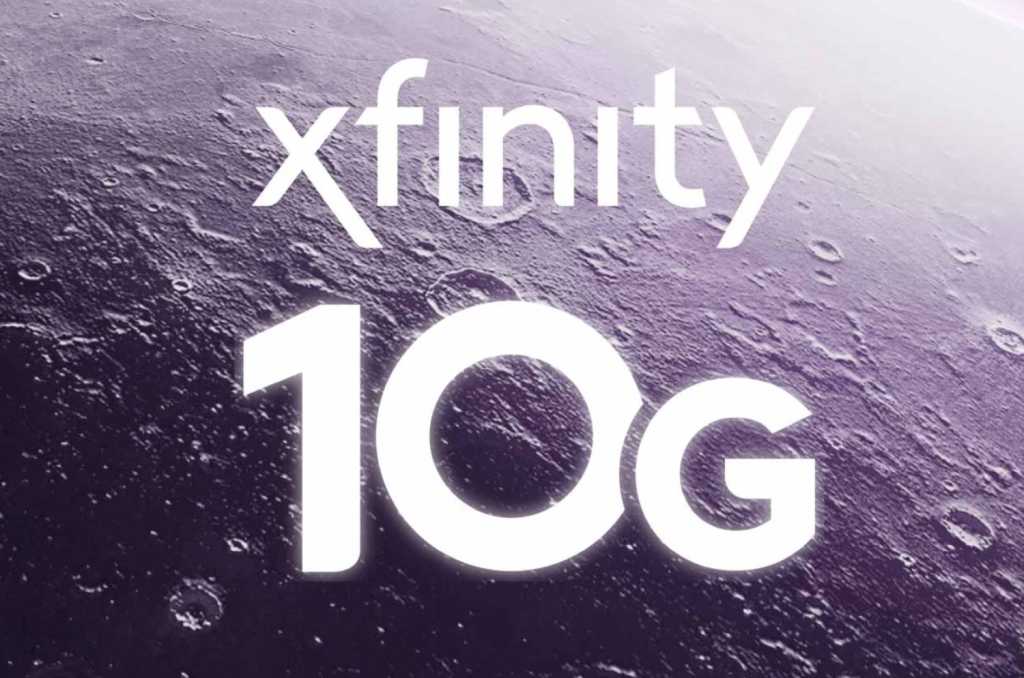- cross-posted to:
- [email protected]
- cross-posted to:
- [email protected]
Comcast advertising “10G” in hopes to confuse consumers to accept slower speeds::Comcast says Xfinity offers 10G home internet, but the term “10G” is hazy and potentially misleading—especially because it has no relation to 5G for cell phones.



This is the new DOCSIS4.0 network. I really don’t understand how it is as contentious as everyone makes it out to be. It’s a new standard allowing for faster speeds.
It’s contentious because it is intentionally confusing and doesn’t need to be.
They can just call it DOCSIS 4.0 and tell their actual speeds. It’s not like they need to hide it. Comcast and other cable providers are finally getting multi gig speeds and their piss poor upload speeds are being raised. Meanwhile fiber providers like Verizon FIOS have yet to roll out consumer multgig outside of NYC and still don’t have IPV6 available everywhere.
What are the “actual speeds?” They’re selling 10gbps circuits so I don’t really see a problem with this.
This article talks about low upload speeds on existing infra and completely ignores the fact that the limitations they spell out are a factor of extremely limited upload spectra on traditional DOCSIS networks. This is a problem with the technical standard, not the carriers (which have their own problems)
The funniest part is that the DOCSIS4.0 spec is addressing this limitation yet here we are.
Is node over subscription a problem? Absolutely. But I don’t think the root of that problem is the marketing department.
I would not put much stock in this article because they are either uninformed on what they’re reporting on, or intentionally telling half truths. There are enough reasons to hate cable companies, we don’t need to invent new ones.
It’s just clickbait for under-informed people looking for another “cable co bad” article. Granted, they really should say 10Gig, but I genuinely don’t see how Joe Consumer would see that ad and go “oh wow! That’s twice as fast as my phone!!!1!!1”
I agree. It would be one thing if they advertised symmetric speeds, but they aren’t. The FCC will also have cable companies labeling internet plans with these soon. This seems like a nonissue.
How is it intentionally confusing?
Providers have been using G for speeds for a long time. Just because the media became obsessed with 5G for some reason, which uses G for Gen, doesn’t mean the other use of G became intentionally confusing.
And nobody, including myself will know what it means without searching. The actual speed is 10G. As in 10gbps.
I’ve beenbkinda tracking this 10g branding for a while. The link speed isn’t actually 10g and they say it’s the 10th generation of their service.
G never meant speed, you have Gb, gb, gb/s(which is gigabit/second) and GB/s (gigabyte/second). This in itself was marketing nonsense made by network providers to put bigger numbers by using a measurement
And FWIW, docsis has been around for a long time and is basically meaningless for normal end users. It’s the protocol that your modem/router uses to connect to the CSPs network. You only need to know what it is if something goes wrong or you’re studying networking
Because it’s not 10G. Not in Gigs or Generations. Docsis 3.1 is 10G/2G. They’re not handing out those speeds. It doesn’t matter that they have 10G/6G capable hardware when they’re still selling people 800/300 at best.
It doesn’t matter that they have 10G/6G capable hardware when they’re still selling people 800/300 at best.
Here is an alternative Piped link(s): https://piped.video/4E29RzEUGrs?1364
Piped is a privacy-respecting open-source alternative frontend to YouTube.
I’m open-source, check me out at GitHub.
Agreed. My area already has 100mpbs and 200mpbs uploads too.